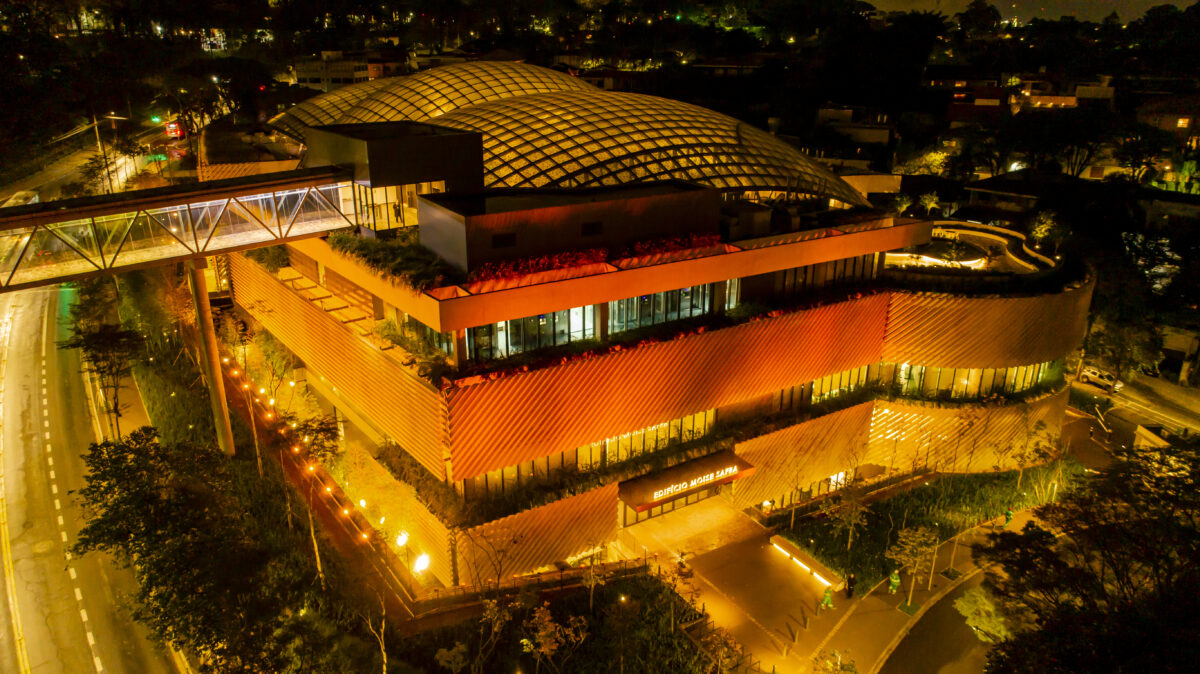 #News
#News
Maternal satisfaction with childbirth
Women are more satisfied with childbirth when their desires are met, indicates a study
 Illustration: Larissa Ribeiro/Estúdio Voador
Illustration: Larissa Ribeiro/Estúdio Voador
The hospitalization and medicalization of childbirth have helped to dramatically reduce maternal and neonatal mortality rates. At the same time, the number of unnecessary medical interventions and, importantly, the loss of women’s autonomy over the labor process has increased. Cesarean rates have increased globally in the first two decades of the 21st century, often exceeding the 10% to 15% rate recommended by the World Health Organization (WHO). In Brazil, cesarean rates exceed vaginal birth rates.
With this scenario in mind, a group of Brazilian researchers conducted a study to investigate the relationship between the type of delivery and a woman’s satisfaction with her hospitalization. The results were published in the Oswaldo Cruz Foundation’s (FIOCRUZ) Reports in Public Health (CSP).
The cohort study used data from the study Born in Brazil, conducted in 2011, with 23,046 puerperal women from a random sample of hospitals. Data about the type of delivery—vaginal and cesarean—were collected before hospital discharge. Researchers selected 266 hospitals with over 500 childbirths per year registered with the Brazil Live Birth Information System (SINASC). The sample was stratified by Brazilian macroregions (North, Northeast, Midwest, Southeast, and South), municipality type (capital or not), and hospital administration (public, private, or mixed).
Each stratum had at least 450 puerperal women selected from five or more hospitals. In the first stage, researchers interviewed 24,200 women during their hospital stay for childbirth. Of these women, a total of 16,255 were contacted and reinterviewed by phone, on average 90 days after delivery.
Despite the increase in cesarean rates, studies conducted in countries with varying levels of development have shown that women generally prefer vaginal births. Cesarean sections, in turn, are preferred by multiparous women who have previously undergone this type of delivery and among those with private health insurance.
Cesarean rates have increased globally in the first two decades of the 21st century, often exceeding the 10% to 15% rate recommended by the WHO.
Preference for cesarean was associated with fear of pain, the perception that it is safer than vaginal delivery, previous negative experiences, the influence of healthcare professionals, friends and family, and limited access to information about the two types of delivery.
Childbirth as planned contributed to maternal satisfaction with hospitalization. The ability to participate in choosing the delivery method and other factors, such as hospital accessibility, adequate physical structure, the availability of medication and equipment, dignified, respectful, and courteous treatment, privacy and confidentiality in care, the availability of technically competent doctors and nurses (especially in emergency situations), mental and emotional support, and good childbirth outcomes were associated with greater satisfaction with healthcare services during childbirth.
On the other hand, the perception of intense pain, especially during labor induction, operative vaginal birth, emergency cesarean, and prolonged labor, were associated with a negative experience.
The study presented the following hypothesis: there should be no differences in maternal satisfaction with hospitalization as long as childbirth occurred as planned by the pregnant woman. What was proven: Brazilian hospital service users were equally satisfied with hospitalization for both vaginal and cesarean delivery.
The authors conclude that the type of delivery did not directly influence women’s satisfaction. The factors that most improved the experience were decision-making power, support received, and effective analgesia.
*
This article may be republished online under the CC-BY-NC-ND Creative Commons license.
The text must not be edited and the author(s) and source (Science Arena) must be credited.


